LONDON, UK/JENA, Germany/DAMMAM, Saudi Arabia: A recent publication reports a new approach to stimulating Wnt signalling to enhance the formation of dentine. Scientists achieved this through a glass ionomer cement (GIC) that releases lithium ions to stimulate Wnt signalling in odontoblasts.
To protect the dentine after caries removal, GIC is often used to fill small build-ups or undercuts in prepared teeth and it lends itself to types of restoration with minimal preparation of the tooth. However, GIC has little biological activity on biological repair processes, which means that neo-dentine formation remains reliant on limited endogenous regenerative processes. As previous research has shown, Wnt/β-catenin signalling plays a central role in stimulating tertiary dentine formation after tooth damage and can be stimulated by various chemical elements such as lithium ions.
To use this fact to their advantage, researchers from the UK, Germany and Saudi Arabia created a lithium-containing bioactive glass (BG) by substituting lithium for sodium ions. They then replaced 10–40% of the powder phase of a commercial GIC with the lithium-substituted BG to create a range of formulations of LithGlassGIC.
The results of this study proved that, as the lithium content in the cement increased, the lithium release from LithGlassGIC increased as well. The new material also promoted the formation of tertiary dentine, which resulted in the thickening of the dentine at the damage site and restored the lost dentine volume. The scientists concluded that LithGlassGIC can work as a biological restorative material which both promotes tertiary dentine formation and restores tooth structure.
The study, titled “A modified glass ionomer cement to mediate dentine repair”, was published in the August 2021 issue of Dental Materials.
Tags:
LONDON & ABERYSTWYTH, UK: While they have been improved over time, glass ionomer cements (GIC) are still lacking in toughness and other requisite ...
LONDON, UK: Glass ionomer cements have significantly advanced in the last decade and have become a viable option for restorative dental treatment. Next ...
BIRMINGHAM, UK: Glass ionomer cement has been used as a dental restorative material for many years. Its properties include an aesthetic appearance, easy ...
DURHAM, N.C., U.S./BIRMINGHAM, U.K.: Cancers that occur in the back of the mouth or in the upper throat are difficult to spot and, as a result, are often ...
Periodontology specialist, Dr David Gillam, from the Institute of Dentistry at Queen Mary University of London, is the author of practice guidelines ...
Dr Max Andrup, a 2010 graduate of Umeå University, currently runs a private practice in the city of Hudiksvall in Sweden, where he maintains a passion for ...
With its GCP product range featuring Glass Carbomer technology, GCP Dental is introducing its unique restorative portfolio on a large scale to the dental ...
With its GCP product range featuring Glass Carbomer technology, GCP Dental is introducing its unique restorative portfolio on a large scale to the dental ...
Swiss oral health company CURADEN has released CURAPROX Perio Plus+, a new generation of antiseptic mouthwashes, gel and toothpaste containing just the ...
LONDON, England: Periodontal treatment is known to trigger a short-term systemic inflammatory response, and the systemic effects of this have prompted ...
Live webinar
Mon. 12 January 2026
2:00 pm UTC (London)
Prof. Judith Jones D.D.S; M.P.H., Prof. Kakuhiro Fukai D.D.S., Ph.D, Dr. Bathsheba (Bethy) Turton
Live webinar
Wed. 14 January 2026
5:00 pm UTC (London)
Dr. Théo Laplane, Dr. Robert Gottlander DDS
Live webinar
Fri. 16 January 2026
5:00 pm UTC (London)
Live webinar
Mon. 19 January 2026
6:00 pm UTC (London)
Philipp Kopp, Michael Seeber
Live webinar
Thu. 22 January 2026
7:00 pm UTC (London)
Dr. Nicola M. Grande DDS, PhD
Live webinar
Wed. 28 January 2026
1:00 pm UTC (London)



 Austria / Österreich
Austria / Österreich
 Bosnia and Herzegovina / Босна и Херцеговина
Bosnia and Herzegovina / Босна и Херцеговина
 Bulgaria / България
Bulgaria / България
 Croatia / Hrvatska
Croatia / Hrvatska
 Czech Republic & Slovakia / Česká republika & Slovensko
Czech Republic & Slovakia / Česká republika & Slovensko
 France / France
France / France
 Germany / Deutschland
Germany / Deutschland
 Greece / ΕΛΛΑΔΑ
Greece / ΕΛΛΑΔΑ
 Hungary / Hungary
Hungary / Hungary
 Italy / Italia
Italy / Italia
 Netherlands / Nederland
Netherlands / Nederland
 Nordic / Nordic
Nordic / Nordic
 Poland / Polska
Poland / Polska
 Portugal / Portugal
Portugal / Portugal
 Romania & Moldova / România & Moldova
Romania & Moldova / România & Moldova
 Slovenia / Slovenija
Slovenia / Slovenija
 Serbia & Montenegro / Србија и Црна Гора
Serbia & Montenegro / Србија и Црна Гора
 Spain / España
Spain / España
 Switzerland / Schweiz
Switzerland / Schweiz
 Turkey / Türkiye
Turkey / Türkiye
 UK & Ireland / UK & Ireland
UK & Ireland / UK & Ireland
 International / International
International / International
 Brazil / Brasil
Brazil / Brasil
 Canada / Canada
Canada / Canada
 Latin America / Latinoamérica
Latin America / Latinoamérica
 USA / USA
USA / USA
 China / 中国
China / 中国
 India / भारत गणराज्य
India / भारत गणराज्य
 Pakistan / Pākistān
Pakistan / Pākistān
 Vietnam / Việt Nam
Vietnam / Việt Nam
 ASEAN / ASEAN
ASEAN / ASEAN
 Israel / מְדִינַת יִשְׂרָאֵל
Israel / מְדִינַת יִשְׂרָאֵל
 Algeria, Morocco & Tunisia / الجزائر والمغرب وتونس
Algeria, Morocco & Tunisia / الجزائر والمغرب وتونس
 Middle East / Middle East
Middle East / Middle East




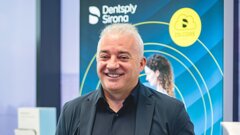























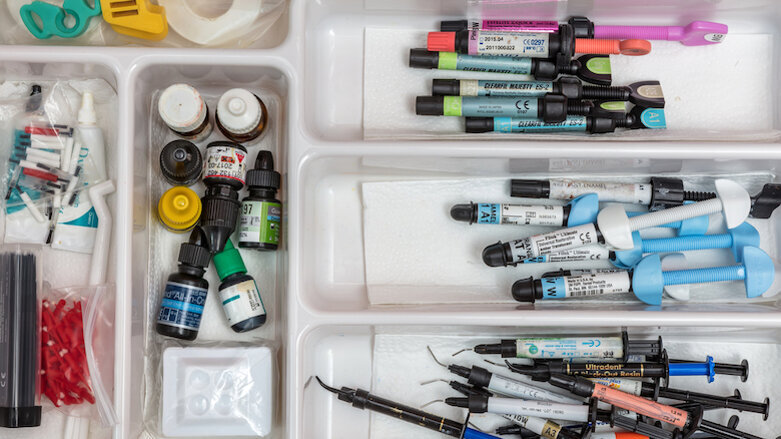





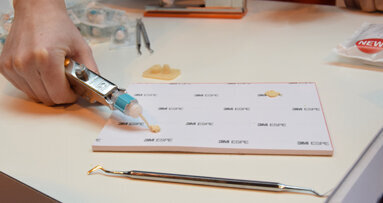
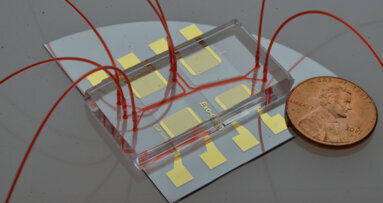
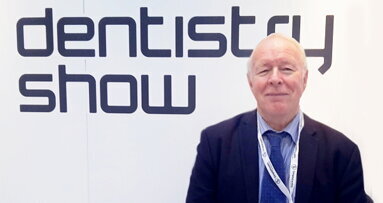
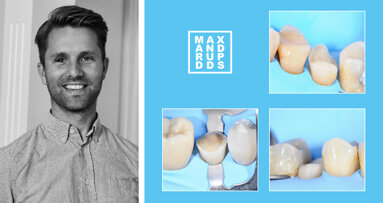
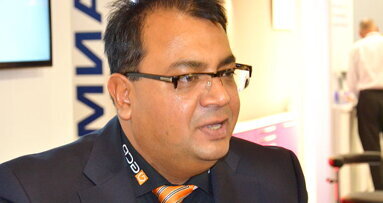












To post a reply please login or register